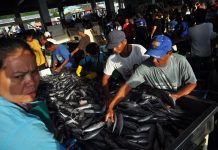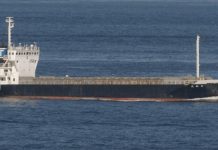Why General Santos City will recover ahead of the rest in Mindanao.
Two things going for Gensan.
It’s economy is largely anchored on food production – tuna.
It is the center of Region 12, the fourth (or is 5th) largest region in the country in terms of OFW remittances. Region 12 also has the highest number of OFWs in Mindanao.
These are two major factors why the city has been resilient throughout the many crises the country has faced, including the 1997 Asian financial crunch. The 2008 world recession. And now COVID-19 pandemic.
In 1997, when the Asian financial crisis hit every corner in the country, tuna producers and exporters made windfall profits as the dollar exchange almost doubled from about P25:$1 to almost P50 to a dollar. On the main, despite the crippling effects of the crisis, Gensan continued to economically expand. (It has its downside too as several of the fishing companies who were lured into obtaining dollar loans later collapsed).
With tuna catching, production and processing as its primary economic activities, it also survived the 2008 global recession following the collapse of many banks and financial instituions in the West.
Again, the devaluation of the peso put premiums on export receipts as well as increased the value of OFW foreign currency remittances.
No wonder Gensan, despite its largely small population compared to other major cities in Mindanao, such as Davao, Cagayan and Zamboanga, has more, banks, malls and motorcycle dealers per square meters of central business district areas.
And if it keeps the city COVID-free or minimize infection, Gensan will be in the better position.
 The central public market was reduced into a ghost town during the April 5, total lockdown due to COVID scare that enveloped the country.FOTO BE EDWIN G. ESPEJO
The central public market was reduced into a ghost town during the April 5, total lockdown due to COVID scare that enveloped the country.FOTO BE EDWIN G. ESPEJO


